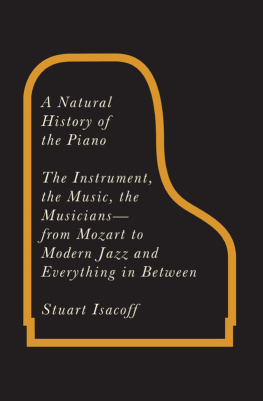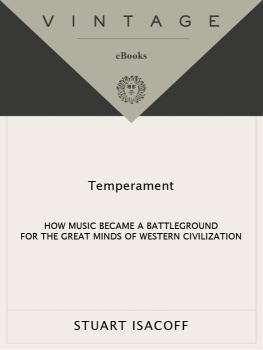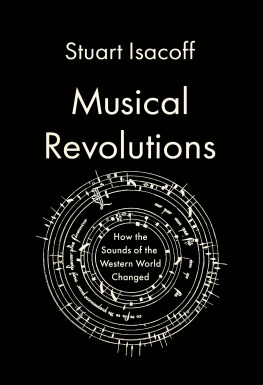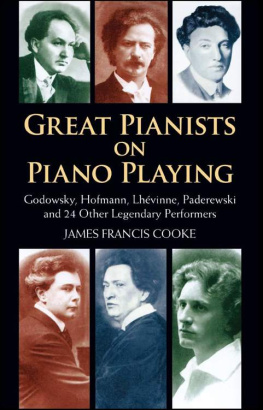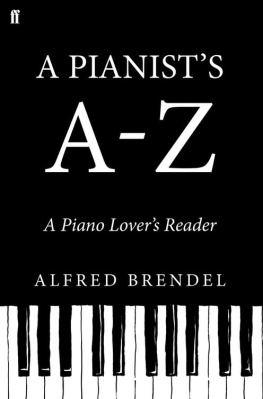Acknowledgments
Thanks must go first to my editor, Jonathan Segal of Alfred A. Knopf, whose idea this project was; his assistant, Joey McGarvey, who helped launch it into production; and Maggie Hinders, for her beautiful book design. Throughout the process, my wife Adriennes advice and support were indispensable.
Many musician friends were invaluable sources of information and inspiration. They include especially two walking encyclopedias of the piano, David Dubal and Joseph Smith, and the many stellar artists who contributed commentary to this book, as well as Emanuele Arciuli, Ed Berlin, Andy Bloch, Joseph Bloch, Bradley Brookshire, Sara Davis Buechner, Noah Creshevsky, Jacob Greenberg, Michael Harrison, Peter Hoyt, Dick Hyman, Andy LaVerne, Steven Lubin, Max Morath, Peter Mintun, Roberto Prosseda, Nancy Reich, Charles Rosen, Riccardo Scivales, Jeremy Siepmann, and Amanda Villepastour. I remain forever indebted to my late friend Nicolas Slonimsky. Of course, any misjudgments or errors in the book are entirely mine.
I am also grateful to the following people for many kindnesses: David Botwinik, Maxine and Dr. Frank Brady, Douglas di Carlo, Liam Comerford, Michael Cuscuna, Larry Fine, Kathy Geisler, Eric Gibson, Herbert Goldman, Peter Goodrich, Richard Halpern, Alex Hassan, Josephine Hemsing and her husband, Dan Cameron, Nat Hentoff, Tad Hershorn, Valeska Hilbig, Todd Kamelhar, Stacey Kluck, Laura Kuhn, Cem Kurosman, Christina Linsenmeyer, Ron Losby, Len Lyons, Loraine Machlin, Eileen MacMahon, Holly Metz, Anne Midgette, Bruno Monsaingeon, Nell Mulderry, Stewart Pollens, Stephen Russo, Eva Rubinstein, Alina Rubinstein, David Sachs, Peter Schaaf, Zach Schwartz, Tyler Tadej, J. W. Whitten, and Ed Young.
ALSO BY STUART ISACOFF
Temperament: How Music Became a Battleground
for the Great Minds of Western Civilization
Appendix: Supplementary Notes
In Mozarts Footprints: Modern Fortepianists
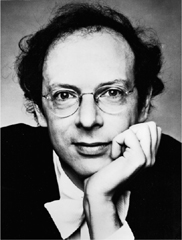
Steven Lubin JACK MITCHELL
In 1995, two hundred years to the month after Mozart premiered his D minor Piano Concerto, pianist Steven Lubin (b. 1942) performed and conducted it at the Metropolitan Museum of Art in New York, using a period-instrument orchestra with a fortepiano copied meticulously from the one at Mozarts birthplace in Salzburg. Other prominent fortepianists currently active include Malcolm Bilson (b. 1935), Alexei Lubimov (b. 1944), and Andreas Staier (b. 1955).
The Jazz Alchemists
Many jazz pianists followed in the footsteps of Debussy, Messiaen, Scriabin, and Evans, while developing highly individual styles. These included several who filled Evanss shoes in various Miles Davis bandsamong them, Herbie Hancock (b. 1940), Chick Corea (b. 1941), and Keith Jarrett (b. 1945).
In a ritualized atmosphere shared by the artist and his audience, Jarrett performed long solo recitals, writhing and rising from the piano bench like a fakirs snake serenading itself, as he spun out free-form improvised passages. Many fans found the result powerfully hypnotic. Hancocks musical evolution took him through multiple genres, with forays into rhythm and blues, electric funk, and elegant performances of music by Gershwin, Ravel, and Joni Mitchell. Throughout it all, his subtle tone and exquisite harmonic palette conveyed the sensibility of a first-class alchemist.
All That Rhythm: Novelty and Ragtime Notables
Ragtimer Eubie Blakes musical inventiveness influenced such piano legends as James P. Johnson and Art Tatum, but in his own view the greatest player of the age was One Leg Willie Joseph. Nobody could copy him, claimed Blake. He knew everything, the heaviest classics and all kind of rags. I learned plenty from just watchin him.
Women played a largely forgotten role in much of this music, turning out important original rags. There were talents like May Aufderheide (18881972), who wrote Dusty Rag and The Thriller, mainstays of New Orleans orchestras; and Adeline Shepherd, whose Pickles and Peppers, a huge success, was adopted by William Jennings Bryan for his 1908 presidential campaign. In the novelty-piano field, splashy, finger-twisting flurries and bouncy off-kilter fanfares also show up in the virtuoso keyboard workouts of women who saturated the radio airwaves and turned out hundreds of piano rolls: American-born Edythe Baker (18951965) and Pauline Alpert (19001988), South Africas dazzling, short-lived Raie da Costa (19051934), Australias Beryl Newell, and Canadas Vera Guilaroff (19021976) were among them.
The men who specialized in novelty piano included Billy Mayerl (19021959) and Lothar Perl (19101975). Perls playing, as collector Alex Hassan aptly observed, was athletic, precise [and] hot. Hassan continues to promote their efforts.
Jazz Piano Personalities
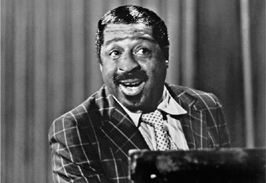
Erroll Garner
Jazz sounded different in the hands of each of its leading players. Horace Silver (b. 1928) unleashed funky harmonies on the keyboard in crisp, percussive bursts (influenced by his fathers Cape Verdean roots). His style was once praised by avant-garde jazz icon Cecil Taylor because of the physicality of it, the filth of it, the movement in the attack. Silvers sound was acerbic and edgy, a tribal dance with clumps of notes sprinkled around like spicy peppercorns. By contrast, Oscar Petersons approach was marked by clarity and gracefulnessjazz as high discourse, its edges burnished to a fine sheen, with unfailingly eloquent lines, like a modern-day Shakespeares riffing on the human soul. Other jazz stylists with connections to the Western tradition included the hard-swinging Red Garland (19231984) and contemporary players like Fred Hersch (b. 1955), his former student Brad Mehldau (b. 1970), Thelonious Monk International Piano Competition winners Ted Rosenthal (b. 1959), Jacky Terrasson (b. 1966), and Uri Caine (b. 1956).
Erroll Garner (19211977) flaunted spellbinding tremolos and astonishing rhythmic elasticity. (Thats what made you smile whenever he played, says pianist Dick Hyman.)
The 1950s brought the bebop revolution, with breakneck tempos and intricately weaving melodic lines, led by the innovative saxophonist Charlie Bird Parker, trumpeter Dizzy Gillespie, and pianist Bud Powell. In its wake, pianists like Hank Jones (19182010), Lennie Tristano (19191978), Billy Taylor (19212010), Barry Harris (b. 1929), and Tommy Flanagan (19302001), each contributed unique pianistic voices.
All were subtle innovators. Wynton Kelly (19311971) brought a bluesy panache to the bop style. John Lewis (19202001), with his group, the Modern Jazz Quartet, spearheaded the Third Stream movement (so named by composer Gunther Schuller), which self-consciously melded the classical and jazz traditions. The impetus for the approach came from meetings with Miles Davis and arranger Gil Evans: We all used to meet in Gil Evanss little apartment on Fifty-fourth Street The whole idea was to try something more sophisticated than just a simple tune and improvising on it. We were a little tired of that routine, remembered Lewis. He decided, he told author Len Lyons, to make use of this whole two or three hundred years of musical tradition. I dont want just to throw it out.
Ahmad Jamal (b. 1930) became known for his exquisite use of rests and elegant sense of form. Dick Hyman (b. 1927), a student of Teddy Wilson with extraordinary imaginative gifts and limitless virtuosity, became a living encyclopedia of jazz history with the ability to re-create the styles of any of its legendary performers. He is the soloist on

